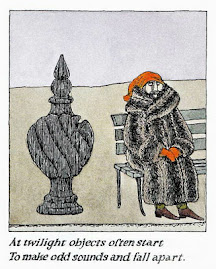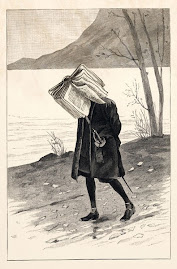skip to main |
skip to sidebar
The polar vortex is a prevailing wind pattern that circles the Arctic, flowing from west to east all the way around the Earth. It normally keeps extremely cold air bottled up toward the North Pole. Occasionally, though, the vortex weakens, allowing the cold air to pour down across Canada into the U.S., or down into other regions such Eastern Europe. In addition to bringing cold, the air mass can push the jet stream—the band of wind that typically flows from the Pacific Ocean across the U.S.—much further south as well. If the jet stream puts up a fight, the moisture it carries can fall out as heavy snow, which atmospheric scientists say is the circumstance that caused the February 2010 “snowmageddon” storm that shut down Washington, D.C.
But why does the vortex weaken? Now it gets interesting. More and more Arctic sea ice is melting during summer months. The more ice that melts, the more the Arctic Ocean warms. The ocean radiates much of that excess heat back to the atmosphere in winter, which disrupts the polar vortex. Data taken over the past decade indicate that when a lot of Arctic sea ice disappears in the summer, the vortex has a tendency to weaken over the subsequent winter, if related atmospheric conditions prevail over the northern Atlantic Ocean. The situation looks something like that shown in the graphic below.
















































































%20(002).jpg)











sdtb.jpg)












1 comment:
The Polar Vortex Bryan Walsh (in Time magazine) blames on Global Warming this week is the same Polar Vortex Time Magazine blamed on Global Cooling in 1974.
Cal, maybe you should write for Time Magazine??
Post a Comment